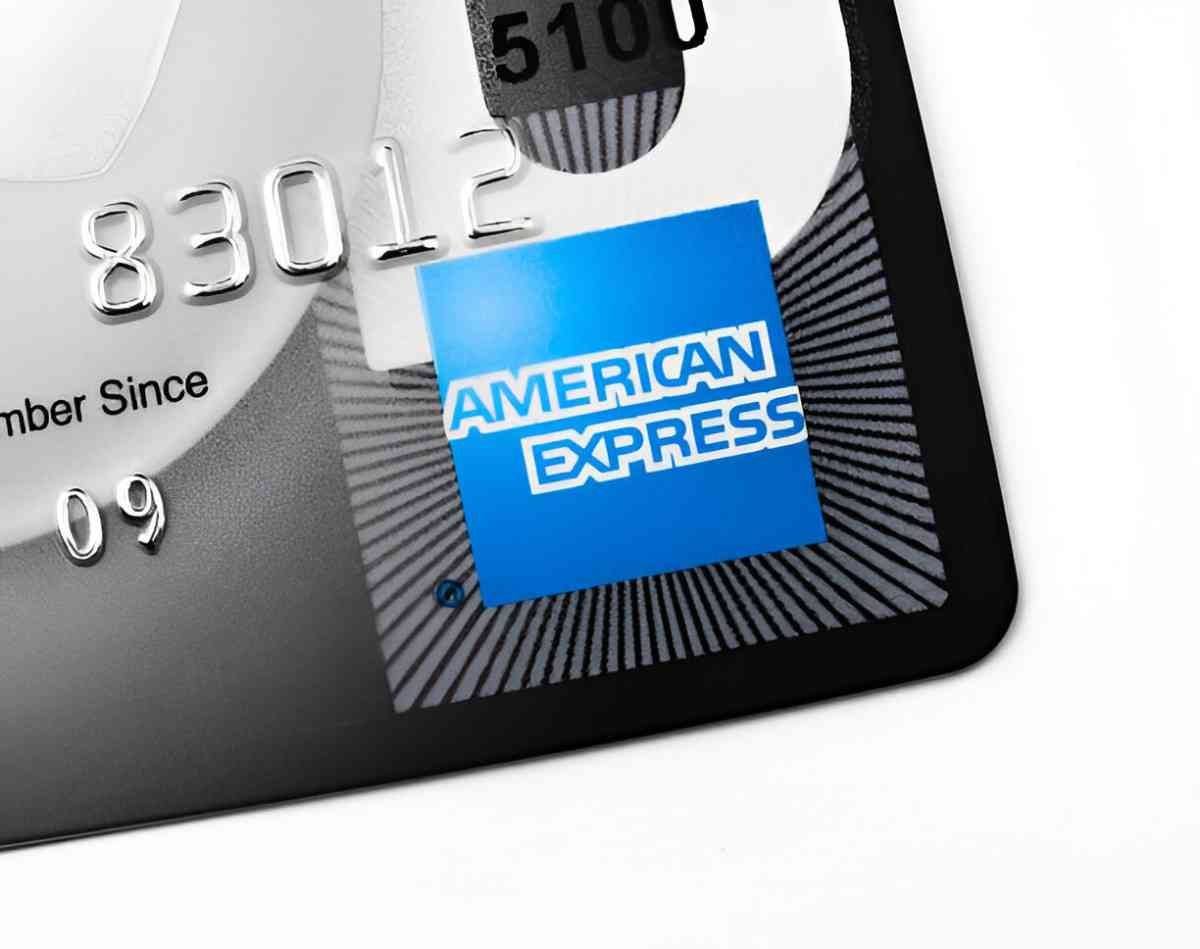When it comes to choosing the right credit card, I know how overwhelming the options can be. One of the types I’ve come across frequently in my research is the AE (American Express) credit card. With their array of offerings, it’s easy to see why people gravitate toward these cards for both personal and business use. But are AE credit cards the right choice for you? In this guide, I’ll walk you through what AE credit cards are, how they compare to other credit cards, their benefits, potential drawbacks, and real-life examples to help you make an informed decision.
Table of Contents
What Is an AE Credit Card?
American Express (AE) is a global financial services company known for its range of credit cards, each designed to cater to different needs. Whether you’re looking for a card that offers cashback, travel rewards, or premium benefits like airport lounge access, AE has something for nearly every kind of spender. AE credit cards are generally more exclusive than others, and they tend to offer higher rewards for certain types of spending, especially in categories like dining, travel, and entertainment.
I’ve found that AE credit cards are typically best suited for individuals who spend a good amount in the categories that AE targets. They can also be a great choice if you’re looking for cards with more personalized customer service. However, it’s important to evaluate the costs, interest rates, and fees that come with each AE card before making a decision.
AE Credit Card Categories
American Express offers several types of credit cards, each with its own set of features. Here’s a breakdown of some popular AE credit card categories:
- Cashback Cards
- Travel Rewards Cards
- Premium and Luxury Cards
- Business Cards
Each of these categories is tailored to different spending habits. For example, if you spend a lot on groceries and gas, you might find an AE cashback card appealing, while those who travel frequently might opt for a travel rewards card.
Key Benefits of AE Credit Cards
I’ve found that AE credit cards tend to offer several unique benefits. Here’s a list of the main advantages:
- Rewards Program
One of the standout features of AE cards is the rewards program. AE offers an impressive points-based system where you can earn points for every dollar spent. These points can be redeemed for travel, merchandise, or statement credits. Depending on your card, the number of points you earn can vary. For example, if you have the American Express Gold Card, you can earn 4x points on dining at restaurants and 3x points on flights booked directly with airlines. - Customer Service
American Express is known for its high-quality customer service. Whether you need assistance with disputes, card services, or rewards, I’ve found their customer service to be attentive and helpful. Some AE cards even offer 24/7 concierge services. - Access to Exclusive Events
If you enjoy attending exclusive events, American Express offers cardholders access to pre-sale tickets for concerts, theater shows, and sports events. I personally enjoy the perks of having early access to events I want to attend. - Travel Benefits
For those who travel frequently, AE credit cards provide a range of travel benefits. From access to airport lounges to travel insurance and no foreign transaction fees, AE cards are an attractive option for jet setters. The Platinum Card, for example, provides access to over 1,200 airport lounges worldwide, something that appeals to me personally whenever I travel. - Purchase Protection
American Express offers purchase protection, meaning that if an item is damaged or stolen within a certain period of time after purchase, you can receive a refund. This added benefit can be especially helpful if you buy expensive items.
AE Credit Card Drawbacks
While AE credit cards have many advantages, they aren’t without their downsides. Here are a few things to consider:
- Annual Fees
Many AE cards come with high annual fees. For example, the Platinum Card has a hefty $695 annual fee. While the benefits often outweigh the costs for frequent travelers, this fee might not be justifiable for someone who doesn’t take advantage of the perks. - Higher Interest Rates
AE credit cards tend to have higher interest rates than some other credit cards, which can be a concern if you plan on carrying a balance. If you don’t pay off your balance in full each month, the interest could add up quickly. - Limited Acceptance
American Express cards are not as widely accepted as Visa or MasterCard, particularly in some countries or smaller establishments. If you’re planning to travel abroad or want a card for everyday spending, this could be a limitation. - Spending Requirements
Some AE cards, especially the premium ones, require a higher level of spending to earn rewards or qualify for certain benefits. This can be a deterrent for individuals who don’t spend enough to justify the card’s benefits.
Comparison: AE Credit Cards vs Other Credit Cards
To give you a clearer idea of how AE credit cards stack up against other popular options, I’ve put together a comparison table. This will allow you to see at a glance how AE cards differ from the likes of Chase Sapphire or Citi Double Cash:
| Feature | AE Credit Card | Chase Sapphire Preferred | Citi Double Cash Card |
|---|---|---|---|
| Rewards | 1x to 5x points depending on the card | 2x points on travel and dining | 2% cashback (1% when you buy, 1% when you pay) |
| Annual Fee | $0 to $695 | $95 | $0 |
| Foreign Transaction Fees | No | No | No |
| Welcome Bonus | Up to 100,000 points for some cards | 60,000 points | None |
| Travel Perks | Lounge access, travel insurance | 25% more value when booking travel through Chase Ultimate Rewards | None |
| Cashback | Yes, through some cards | No | Yes |
From this comparison, I can see that AE cards are particularly strong in the travel rewards and premium benefits area, though other cards like the Citi Double Cash are better for everyday cashback.
Real-Life Example: Calculating Rewards with an AE Card
Let’s say I have the American Express Gold Card, and I’m spending on groceries and dining out. I make the following purchases in a month:
- Groceries: $300
- Dining: $200
- Gas: $100
The Gold Card earns 4x points on dining, 3x points on travel, and 1x point on other purchases. Here’s how the points would add up:
- Dining: 4x points × $200 = 800 points
- Groceries: 1x point × $300 = 300 points
- Gas: 1x point × $100 = 100 points
Total: 800 + 300 + 100 = 1,200 points for the month. If I continue spending this amount each month, that’s 14,400 points by the end of the year. These points can be redeemed for travel, merchandise, or even statement credits.
Conclusion: Is an AE Credit Card Right for You?
American Express credit cards can be a great choice depending on your spending habits and financial goals. If you travel frequently or enjoy premium benefits, AE cards can offer a range of perks that other cards don’t. However, the high annual fees and higher interest rates may not make them ideal for everyone. Personally, I think AE credit cards are best suited for those who can take full advantage of the rewards and benefits, whether that’s through travel or dining.
Before applying for an AE card, take the time to assess how much you spend in the categories that AE targets and whether you’ll be able to offset the annual fees with the rewards you earn. By doing so, you’ll ensure that your AE credit card becomes a valuable tool in managing your finances, rather than a costly burden.





